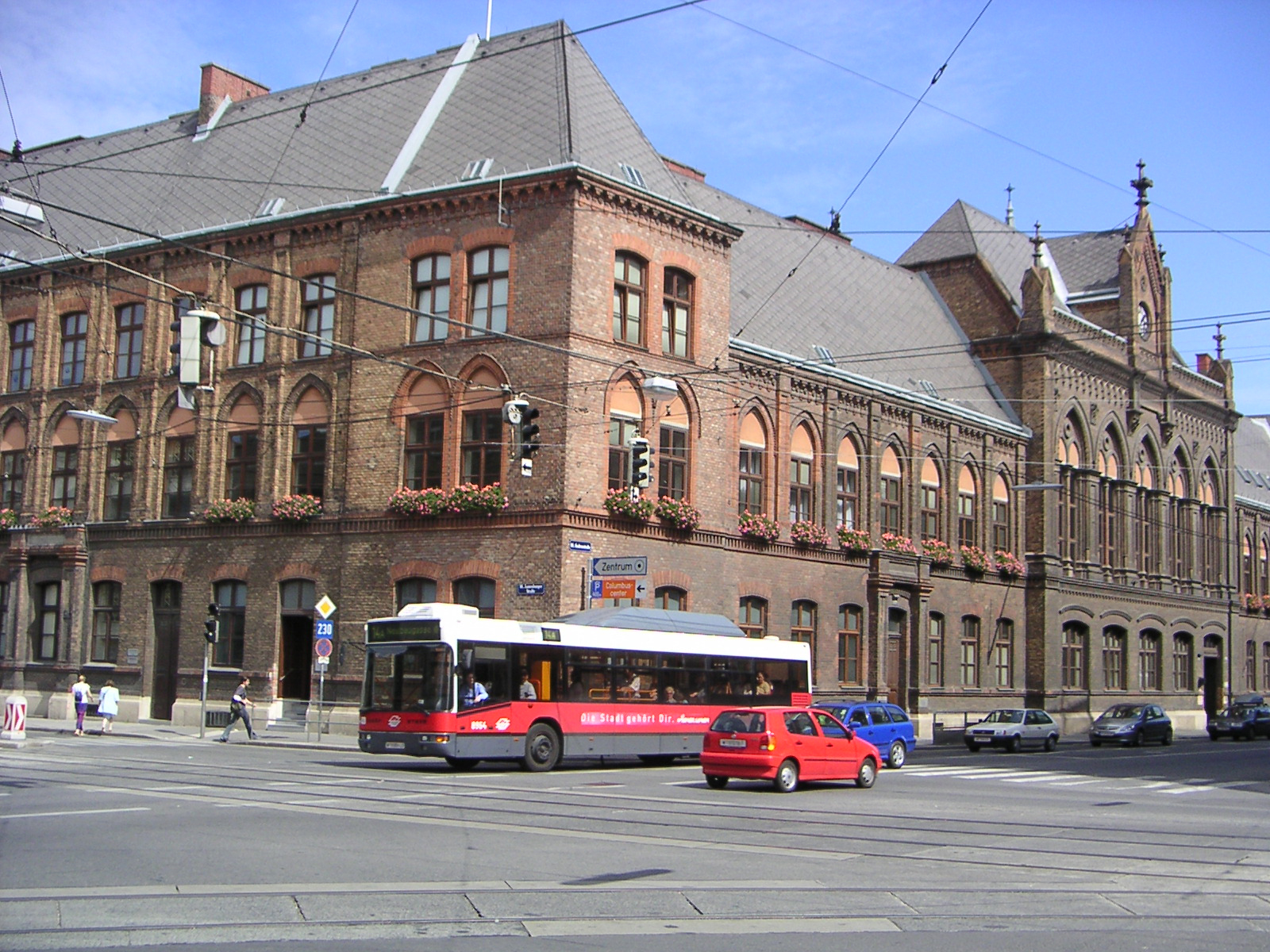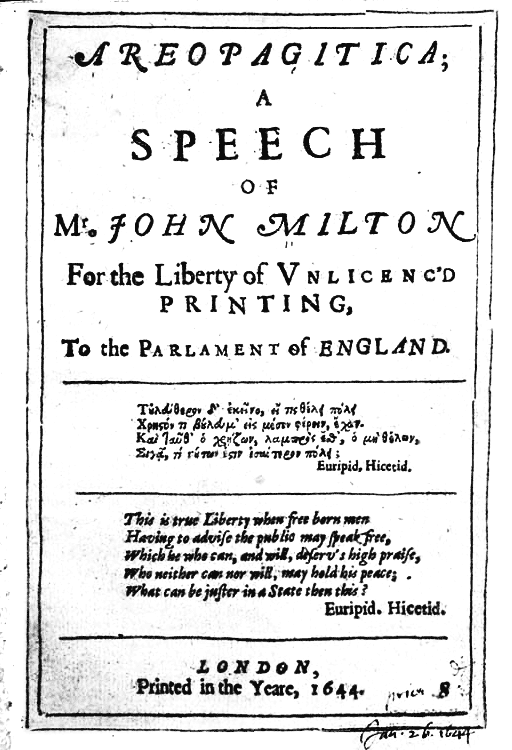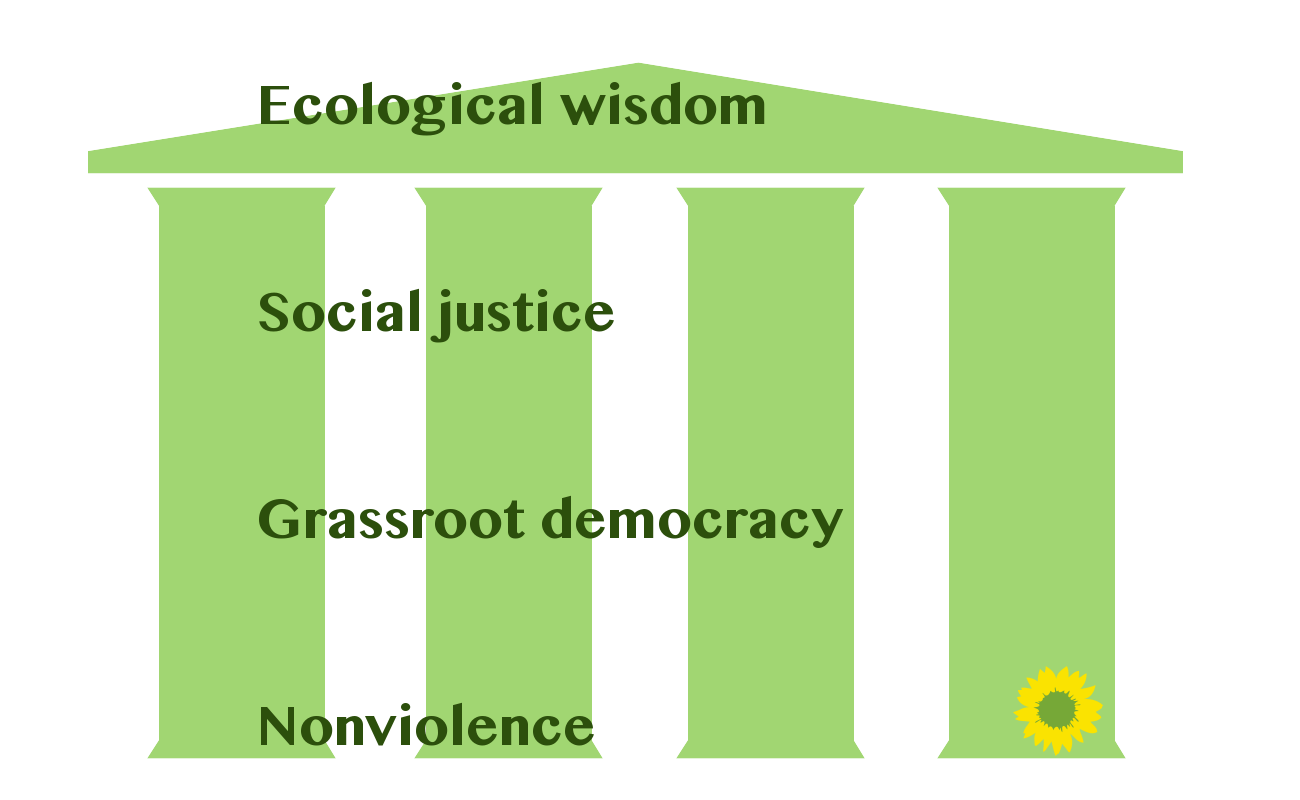|
2001 Viennese State Election
The 2001 Viennese state election was held on 25 March 2001 to elect the members of the Gemeinderat and Landtag of Vienna. The election was won by the Social Democratic Party of Austria (SPÖ), who reclaimed the absolute majority in the Gemeinderat and Landtag which they had lost in 1996. This came to the detriment of the Freedom Party of Austria (FPÖ), which suffered substantial losses; the Liberal Forum (LIF) also lost all its seats after only one term in the Landtag. The Greens – The Green Alternative, The Greens made modest gains, and the Austrian People's Party (ÖVP) saw a slight improvement. With its majority in both the Landtag and city government recovered, the SPÖ terminated its coalition with the ÖVP and returned to governing alone. Background The Viennese constitution mandates that cabinet positions in the city government (city councillors, german: Stadtsräten) be allocated between parties proportionally in accordance with the share of votes won by each; this is ... [...More Info...] [...Related Items...] OR: [Wikipedia] [Google] [Baidu] |
Gemeinderat And Landtag Of Vienna
As Vienna, the capital of Austria is both a city and a state, the 100 members of the Municipal Council (''Gemeinderat'') of the city of Vienna also act as members of the Landtag (legislative assembly) of the state of Vienna. Members serve for five years. While the municipal council and the state parliament consist of the same members, they meet separately, complete with separate presiding officers: the chairman of the Municipal Council and the . This is because the Vienna City Constitution requires city and state business to be kept separate. When the deputies meet as the Municipal Council, they can only deal with matters of the city, but not the affairs of the state. When the deputies meet as the Landtag, they may only deal with the matters of the state, but not the affairs of the city. Thus, the legal situation in Vienna is different to that in other city-states such as Berlin or Hamburg. Gemeinderat of Vienna The Gemeinderat, formed for the first time after the revolutio ... [...More Info...] [...Related Items...] OR: [Wikipedia] [Google] [Baidu] |
D'Hondt Method
The D'Hondt method, also called the Jefferson method or the greatest divisors method, is a method for allocating seats in parliaments among federal states, or in party-list proportional representation systems. It belongs to the class of highest-averages methods. The method was first described in 1792 by future U.S. president Thomas Jefferson. It was re-invented independently in 1878 by Belgian mathematician Victor D'Hondt, which is the reason for its two different names. Motivation Proportional representation systems aim to allocate seats to parties approximately in proportion to the number of votes received. For example, if a party wins one-third of the votes then it should gain about one-third of the seats. In general, exact proportionality is not possible because these divisions produce fractional numbers of seats. As a result, several methods, of which the D'Hondt method is one, have been devised which ensure that the parties' seat allocations, which are of whole numb ... [...More Info...] [...Related Items...] OR: [Wikipedia] [Google] [Baidu] |
Simmering (Vienna)
Simmering (; Central Bavarian: ''Simmaring'') is the 11th district of Vienna, Austria (german: 11. Bezirk, Simmering). It borders the Danube and was established as a district in 1892. Simmering has several churches, some museums, schools, old castles, and four cemeteries, one of them being the Wiener Zentralfriedhof, one of the largest cemeteries of Europe. History The first indications of the settlement ''Simmering'' are from 1028. A brewery was built in 1605 and continued to bring in revenue for the area for more than 300 years. Simmering remained small until 1860, when the ''Rinnböckhäuser'' housing development was built, which at the time was the second-largest in Vienna, and resulted in rapid growth in the area. ''Kaiserebersdorf'' (earlier known as ''Ebersdorf'') was one of the original villages in the district and held the residence of the ''Ebendorfer'' dynasty. Holy Roman Emperor Maximilian II hunted frequently in the area and converted the residence into the hunt ... [...More Info...] [...Related Items...] OR: [Wikipedia] [Google] [Baidu] |
Favoriten
Favoriten (; Central Bavarian: ''Favoritn''), the 10th district of Vienna, Austria (german: 10. Bezirk, Favoriten), is located south of the central districts. It is south of Innere Stadt, Wieden and Margareten. Favoriten is a heavily populated urban area with many residential buildings, but also large recreational areas and parks. Wien-Vienna.at webpage (see below: References). Wien.gv.at webpage (see below: References). The name comes from ''Favorita'', a semi- baroque palace complex that once served as a hunting castle but today is the Theresianum a Gymnasium (middle and high school) in the 4th district ( Wieden). The customs facilities at the original southern border of Vienna were known as the ''Favoriten-Linie'' (Favoriten Line) while nearby houses were known as the ''Siedlung vor der Favoriten-Linie'' (Settlement in front of the Favoriten Line). District sections The Favoriten District includes 6 sections: Katastralgemeinden Favoriten, Inzersdorf-Stadt, Rothneus ... [...More Info...] [...Related Items...] OR: [Wikipedia] [Google] [Baidu] |
Landstraße
Landstraße (; Central Bavarian: ''Laundstrossn'') is the 3rd municipal district of Vienna, Austria (german: 3. Bezirk). It is near the center of Vienna and was established in the 19th century. Landstraße is a heavily populated urban area with many workers and residential homes. Wien.gv.at webpage (see below: References). It has 89,834 inhabitants in an area of 7.42 km2 (2.9 sq miles). It has existed since about 1200 AD. In 1192, the English king Richard the Lionheart was captured in the Erdberg neighbourhood, after the unsuccessful Third Crusade. The name ''Landstraße'' means "country road". To tourists, it is mostly known for the 18th-century castle and gardens of Belvedere, the residence of Eugene of Savoy, which today houses the Austrian Gallery. Another residence was built by the Russian envoy to Vienna, Count Razumovsky. A more recent point of interest is the Hundertwasserhaus block of flats (apartment block) designed in a dream-like style by the architect and pain ... [...More Info...] [...Related Items...] OR: [Wikipedia] [Google] [Baidu] |
Leopoldstadt
Leopoldstadt (; bar, Leopoidstod, "Leopold-Town") is the 2nd municipal district of Vienna (german: 2. Bezirk) in Austria. there are 103,233 inhabitants over . It is situated in the heart of the city and, together with Brigittenau (20th district), forms a large island surrounded by the Danube Canal and, to the north, the Danube. It is named after Leopold I, Holy Roman Emperor. Due to its relatively high percentage of Jewish inhabitants before the Holocaust (38.5 percent in 1923), Leopoldstadt gained the nickname ('Matzo Island'). This context was a significant aspect for the district twinning with the New York City borough Brooklyn in 2007. Landmarks Places of interest include the '' Wiener Prater'' (from Latin ''pratum'' "meadow"), former imperial hunting grounds to which the public was denied access until 1766. The area of the ''Prater'' closest to the city centre contains a large amusement park, known as the ''Volksprater'' ("People's Prater") or '' Wurstelprater'' (after ... [...More Info...] [...Related Items...] OR: [Wikipedia] [Google] [Baidu] |
2001 Viennese Landtag
1 (one, unit, unity) is a number representing a single or the only entity. 1 is also a numerical digit and represents a single unit of counting or measurement. For example, a line segment of ''unit length'' is a line segment of length 1. In conventions of sign where zero is considered neither positive nor negative, 1 is the first and smallest positive integer. It is also sometimes considered the first of the infinite sequence of natural numbers, followed by 2, although by other definitions 1 is the second natural number, following 0. The fundamental mathematical property of 1 is to be a multiplicative identity, meaning that any number multiplied by 1 equals the same number. Most if not all properties of 1 can be deduced from this. In advanced mathematics, a multiplicative identity is often denoted 1, even if it is not a number. 1 is by convention not considered a prime number; this was not universally accepted until the mid-20th century. Additionally, 1 is the ... [...More Info...] [...Related Items...] OR: [Wikipedia] [Google] [Baidu] |
Socialist Left Party (Austria)
The International Socialist Alternative (), formerly Socialist Left Party (german: Sozialistische LinksPartei, SLP) is the Austrian section of International Socialist Alternative. The party originated in the 1980s, when the forerunner "''Sozialistische Offensive Vorwärts''" emerged from the far-left wing of the Socialist Youth of Austria. It later transformed itself during the protests against the participation of the FPÖ in the Austrian government in 2000 into SLP, forming itself as a party at a conference on January 30, 2000. In 2002, it ran in federal elections for the '' Nationalrat''; however, it was unable to win a seat. The ISA has several professed goals as part of their party plan for reform: social justice on a national and global level; a stop to the neo-liberal government's spending cuts and privatisation schemes; gender equality and equality for LGBTQAI+ persons; an end to Nazism, racism, and all forms of xenophobia; protection of the environment; as well as other ... [...More Info...] [...Related Items...] OR: [Wikipedia] [Google] [Baidu] |
Communist Party Of Austria
The Communist Party of Austria (german: Kommunistische Partei Österreichs, KPÖ) is a communist party in Austria. Established in 1918 as the Communist Party of German-Austria (KPDÖ), it is one of the world's oldest communist parties. The KPÖ was banned between 1933 and 1945 under both the Austrofascist regime and the Nazi German administration of Austria after the 1938 ''Anschluss''. It played an important role in the Austrian resistance against the Nazis. The party currently holds two seats in the Styrian ''Landtag'' (state parliament), but has not had representation in the National Council (''Nationalrat'', Austria's federal parliament) since 1959. In the legislative election held on 29 September 2019, it won only 0.7% of the votes (32,736 out of a total of 4,835,469), well below the 4% minimum to obtain seats in the National Council. At the local level, the KPÖ has held the mayorship of Graz, Austria's second largest city, since 2021, and holds over 130 seats on district ... [...More Info...] [...Related Items...] OR: [Wikipedia] [Google] [Baidu] |
Liberalism
Liberalism is a political and moral philosophy based on the rights of the individual, liberty, consent of the governed, political equality and equality before the law."political rationalism, hostility to autocracy, cultural distaste for conservatism and for tradition in general, tolerance, and ... individualism". John Dunn. ''Western Political Theory in the Face of the Future'' (1993). Cambridge University Press. . Liberals espouse various views depending on their understanding of these principles. However, they generally support private property, market economies, individual rights (including civil rights and human rights), liberal democracy, secularism, rule of law, economic and political freedom, freedom of speech, freedom of the press, freedom of assembly, and freedom of religion. Liberalism is frequently cited as the dominant ideology of modern times.Wolfe, p. 23.Adams, p. 11. Liberalism became a distinct movement in the Age of Enlightenment, gaining popularity ... [...More Info...] [...Related Items...] OR: [Wikipedia] [Google] [Baidu] |
Green Politics
Green politics, or ecopolitics, is a political ideology that aims to foster an ecologically sustainable society often, but not always, rooted in environmentalism, nonviolence, social justice and grassroots democracy.#Wal10, Wall 2010. p. 12-13. It began taking shape in the western world in the 1970s; since then Green parties have developed and established themselves in many countries around the globe and have achieved some electoral success. The political term green was used initially in relation to ''Alliance '90/The Greens, die Grünen'' (German language, German for "the Greens"), a green party formed in the late 1970s. The term political ecology is sometimes used in academic circles, but it has come to represent an interdisciplinary field of study as the academic discipline offers wide-ranging studies integrating ecological social sciences with political economy in topics such as degradation and marginalization, environmental conflict, conservation and control and environmen ... [...More Info...] [...Related Items...] OR: [Wikipedia] [Google] [Baidu] |
Christian Democracy
Christian democracy (sometimes named Centrist democracy) is a political ideology that emerged in 19th-century Europe under the influence of Catholic social teaching and neo-Calvinism. It was conceived as a combination of modern democratic ideas and traditional Christian values, incorporating social justice and the social teachings espoused by the Catholic, Lutheran, Reformed, Pentecostal, and other denominational traditions of Christianity in various parts of the world. After World War II, Catholic and Protestant movements of neo-scholasticism and the Social Gospel shaped Christian democracy. On the traditional left-right political spectrum Christian Democracy has been difficult to pinpoint as Christian democrats rejected liberal economics and individualism and advocated state intervention, but simultaneously defended private property rights against excessive state intervention. This has meant that Christian Democracy has historically been considered centre left on e ... [...More Info...] [...Related Items...] OR: [Wikipedia] [Google] [Baidu] |




